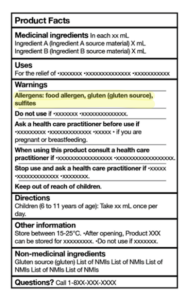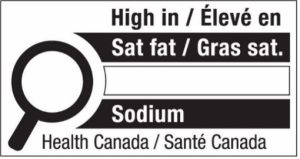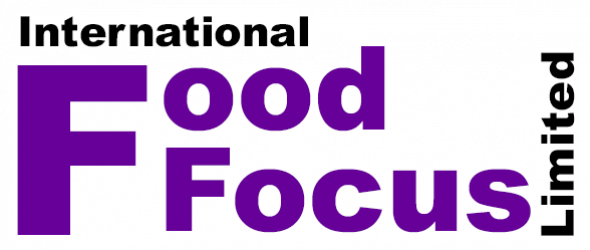There is always something new in regulatory compliance – sometimes exciting, sometimes not. Below is a sampling of what we deem to have most impact on the food industry and consumers.
In Canada 
This new, long-awaited category, which came into force in July 2022, is Health Canada’s answer to the removal of Natural Health Products in food format from the marketplace in 2007. Examples include a bar or drink with added vitamins, minerals or amino acids, or an energy drink with added caffeine. This last example has tripped up many a non-suspecting manufacturer, as added stimulants such as caffeine and taurine are now regulated as a Supplemental Ingredients (exception – caffeine may be added as a food additive to cola type beverages at a maximum of 200 ppm). Enforcement action has grown to the extent that the CFIA has mass-mailed its heads-up Notice to industry… caffeinated energy drinks on several occasions. Otherwise, the closed Supplemental Ingredient List includes selected vitamins, minerals and amino acids.
Improved Natural Health Product label regulations have taken a page from food labelling. Announced in August 2022, with a mandatory compliance date six-years hence (2028), depending on the date of NHP registration, the revised NHP label will feature a “Product Facts” with legislated format, content and minimum font size, and, for the first time, the inclusion of priority food allergens, gluten and added sulphites present at > 10 ppm. Read more at: Food Allergy Canada

FOP (Front-of-Package) Food Labelling
Also announced in 2022, Health Canada’s FOP food labelling takes a magnifying glass (literally) to saturated fat, sodium and sugars.

Other than for a few exemptions – such as eggs, due to their overall positive nutrient profile, and dairy products such as plain milk, plain yogurt and cheese – any processed food with 15% DV (Daily Value) or more of saturated fat, sodium or sugar, need display the FOP symbol on the PDP (Principal Display Panel). The regulations become mandatory January 1, 2026. Read more at: Front-of-package nutrition labelling – Canada.ca
In the USA 
The FDA has issued an updated Standard of Identity for Yogurt. The long-awaited rule came into effect on January 1, 2024 and is multi-faceted. Food safety is protected with a maximum pH of 4.6 (meaning, relatively high acidity), and the nutrient content of the American food supply is enriched with the optional fortification with Vitamin D up to 10% Daily Value (maximum 2 ug).
Spices is one of the first recorded incidents of food fraud – as old as the original Oriental spice trading routes. The issue is making headlines, with the FDA’s ongoing (since November 2023; updated February 2024) Investigation of Elevated Lead & Chromium Levels: Cinnamon Applesauce Pouches
As Adele has belted out “Rumour has it”, the FDA finds itself not immune to the rumor (US spelling) mill. The Agency has launched rumor control strategies, including a YouTube video to distinguish What FDA Does and Does Not Approve. The FDA fact checker webpage was last updated February 14, 2024.
In the EU 
The EU’s Legislative framework for sustainable food systems is one of the dominant initiatives of the EU’s overarching Farm to Fork Strategy. The legislation will impact food labelling: “… In synergy with other relevant labelling initiatives like […] front-of-pack nutrition labelling, animal welfare labelling and ‘green claims‘, [the legislation] will cover the provision of consumer information relating to the nutritional, climate, environmental and social aspects of food products”. Regulators expected the legislation to be adopted towards the end of 2023.

